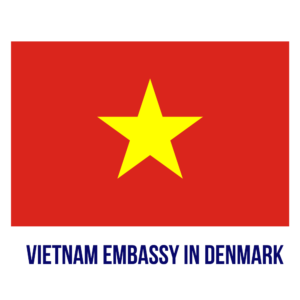Many people dream of visiting Vietnam due to its beautiful scenery, deep history, and lively culture. Now, Indian citizens have an easier way to make this dream a reality with the opportunity to obtain a visa upon arrival. This not only saves time and trouble but also makes traveling to Vietnam more cost-effective. In this article, we will guide you through everything you need to know about getting a Vietnam visa for Indian on arrival.
Table of Contents
Why Choose Vietnam Visa on Arrival?
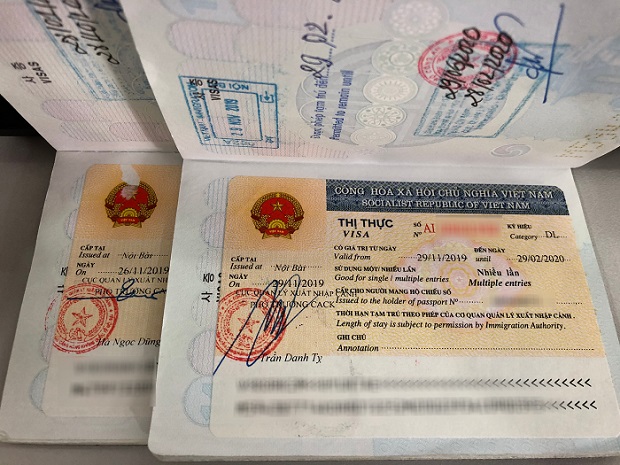
Before we dive into the details, let’s understand why you should consider getting a Vietnam visa on arrival instead of applying for a traditional visa at the embassy. Here are a few reasons:
Convenience and Time-Saving
Applying for a visa at the embassy can be a tedious process, involving multiple visits and long waiting times. On the other hand, the visa on arrival process can be completed online from the comfort of your home. All you need is an internet connection and a few minutes to fill out the application form.
Cost-Effective
The cost of a visa on arrival is usually lower than that of a traditional visa. This is because the visa on arrival service providers work directly with the immigration department, cutting out the middleman fees.
No Need for Original Documents
When applying for a traditional visa, you need to submit original documents such as your passport, photographs, and financial proof. With a visa on arrival, you only need to upload scanned copies of these documents, saving you from the hassle of carrying them around.
Flexibility
A visa on arrival allows you to enter Vietnam at any of the designated international airports, giving you the flexibility to plan your trip accordingly. This is especially useful if you are planning to visit multiple countries in Southeast Asia.
Quick Processing
You can get your approval letter for a visa on arrival in 2-3 business days, and even faster with express service. This is significantly faster than the standard visa process, which can take up to 7 business days.
How to Apply for a Vietnam Visa on Arrival?
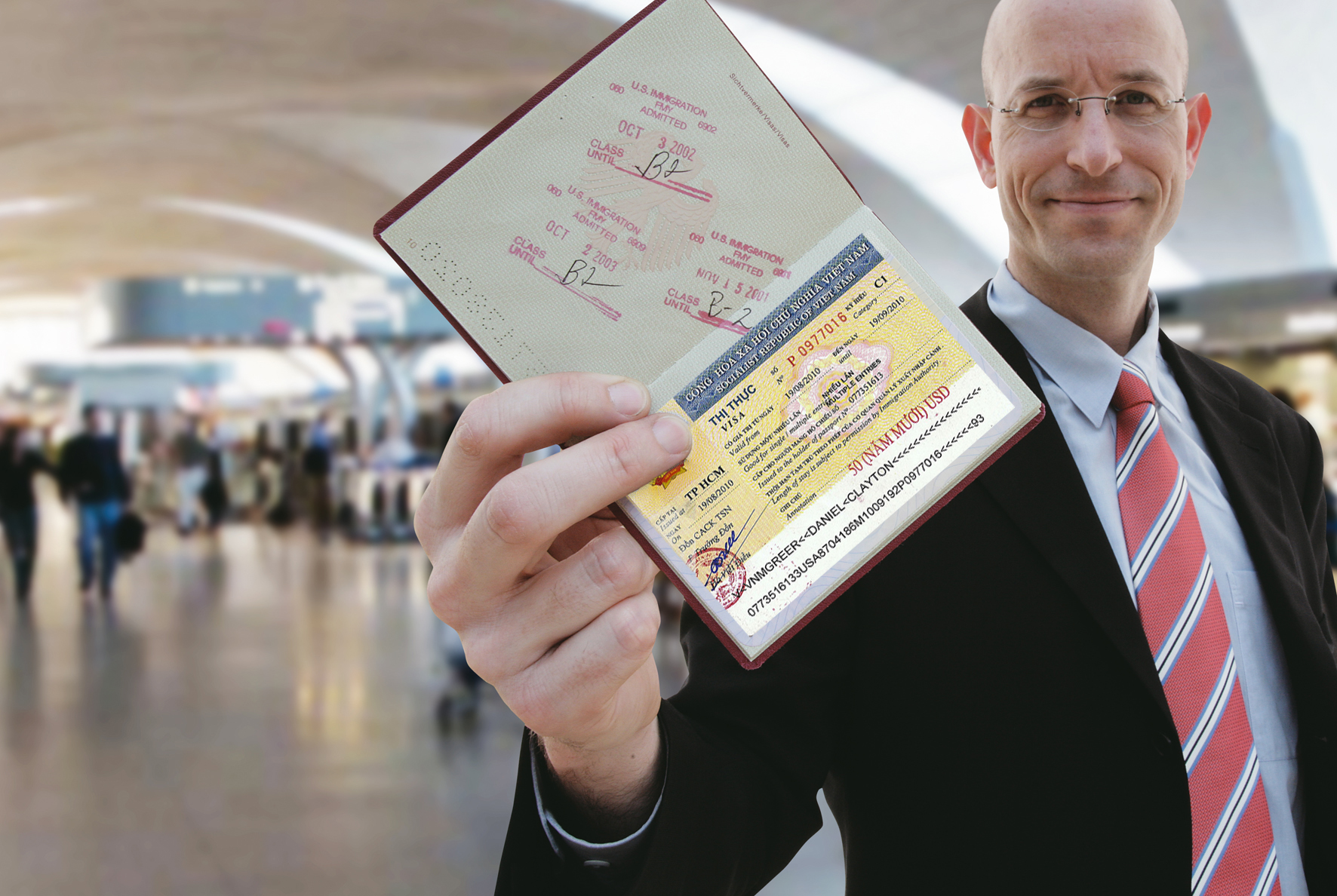
Now that you know the benefits of getting a visa on arrival, let’s walk through the steps of applying for one.
Step 1: Fill out the Online Application Form
The first step is to fill out the online application form, which can be found on many visa on arrival service providers’ websites. You will need to provide your personal information, travel details, and upload scanned copies of your passport and photograph.
Step 2: Pay the Service Fee
Once you have filled out the form, you will be required to pay a service fee. This fee varies depending on the type of visa and processing time you choose. You can make the payment using a credit or debit card, PayPal, or bank transfer.
Step 3: Receive the Approval Letter
After submitting the application and paying the service fee, you will receive an approval letter via email within 2-3 working days. In urgent cases, you can opt for the express service, which guarantees a letter within 8 hours.
Step 4: Get Your Visa Stamped at the Airport
Upon arrival at one of the designated international airports in Vietnam (Hanoi, Ho Chi Minh City, Da Nang, or Nha Trang), you will present your approval letter, passport, and two passport-sized photographs. You will then need to pay the stamping fee (in cash) to receive your visa.
Step 5: Enjoy Your Trip to Vietnam!
With your visa stamped, you are all set to explore the beautiful country of Vietnam. Remember to keep your visa and passport safe throughout your trip as you may be asked to present them at various checkpoints.
Types of Vietnam Visa for Indian Citizens on Arrival
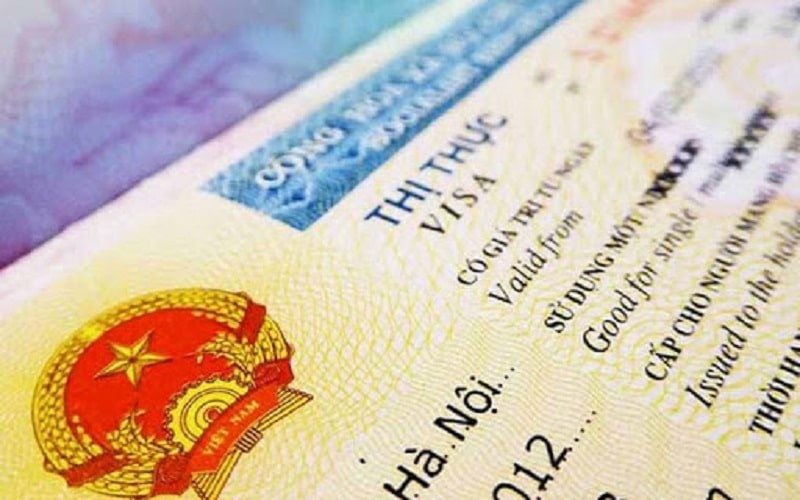
Indian citizens can apply for various types of visas on arrival, depending on the purpose and duration of their stay. Here are the three most common types:
1. Tourist Visa
This visa allows Indian citizens to enter Vietnam for tourism purposes, including sightseeing, visiting friends/family, or attending events. It is valid for a maximum stay of 30 days and can be extended for an additional 30 days within Vietnam.
2. Business Visa
If you are traveling to Vietnam for business-related activities, such as meetings, conferences, or investment opportunities, you will need a business visa. It is also valid for a maximum stay of 30 days and can be extended for an additional 30 days.
3. Transit Visa
A transit visa is required if you are transiting through Vietnam to another country. It is valid for a maximum stay of 5 days and cannot be extended.
Frequently Asked Questions
Can I apply for a visa on arrival if I am not entering Vietnam by air?
No, the visa on arrival is only applicable for those entering Vietnam by air. If you are entering through land borders or sea ports, you will need to apply for a traditional visa at the embassy.
Do I need to submit original documents for a visa on arrival?
No, you only need to upload scanned copies of your passport and photograph when applying for a visa on arrival.
Can I extend my visa while in Vietnam?
Yes, you can extend your visa for an additional 30 days by submitting the necessary documents and fees to the Immigration Department in Vietnam.
What happens if my visa on arrival application is rejected?
In rare cases where your application is rejected, you will be refunded the service fee, but not the stamping fee.
Is it necessary to use a visa on arrival service provider?
No, you can apply for a visa on arrival directly through the Vietnamese immigration website, but using a service provider can save you time and hassle.
Conclusion
In conclusion, getting a visa on arrival for Vietnam has many advantages for Indian citizens. It is convenient, cost-effective, and quick, making it an ideal option for those planning a trip to this beautiful country. With the information provided in this article, we hope you have a better understanding of the process and types of visas available for Indian citizens on arrival. So pack your bags, apply for your visa, and get ready to immerse yourself in the wonders of Vietnam!


![vietnam-embassy-in-denmark-300x300[1] Visa for Vietnam](https://vietnamembassy-denmark.vn/wp-content/uploads/2020/09/vietnam-embassy-in-denmark-300x3001-1-300x300.gif)
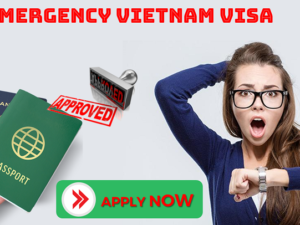
![dich-vu-visa-dan-mach[1]](https://vietnamembassy-denmark.vn/wp-content/uploads/2020/09/dich-vu-visa-dan-mach1-300x300.gif)
